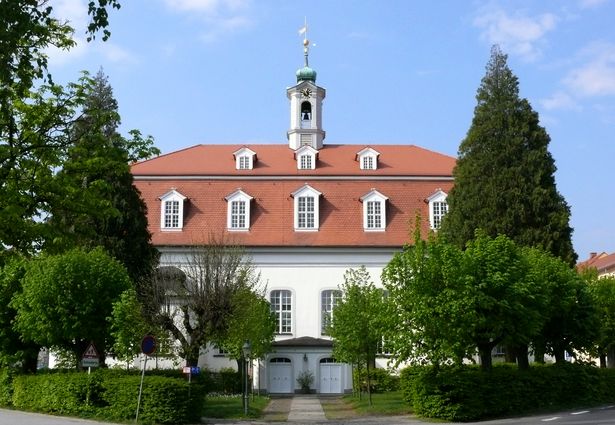Faith has formed Saxony’s history in a strong way. When the German emperor took possession of the region known as Saxony today, the Slavic people living there were not only assimilated, but also christianized. Meissen’s highly visible cathedral became the beacon of the new faith. In the late 15th and early 16th century, late Gothic hall churches where erected all over Saxony. But by then, the Reformation had become inevitable and, based on Martin Luther's theses, Saxony became the „Motherland of the Reformation“. Later, the Saxon rulers became Catholics to ascend to the Polish throne. This made Saxony the first region where the rulers and their subjects did not have to have the same religion.
Religious travel
Between contemplation and cultural discoveries
Tolerance...
had always been practised in the Saxon region of Upper Lusatia, where Protestants and Catholics still live together peacefully and where the Moravian Church was founded 300 years ago in Herrnhut - a UNESCO World Heritage site. Even though today most Saxons are not a member of any religion, the religious heritage, with its numerous churches, convents and monesteries along pilgrimage routes and the Luther Trail, is held in high regard. Enjoy 800 year-old convents, a 500 year-old replica of the Holy Sepulchre in Jerusalem, the world’s first newly-built Protestant Church, or one of the very few synagogues in Germany which survived the Nazi times. Or, just discover yourself while you discover Saxony.
„Even if I knew that tomorrow the world would go to pieces, I would still plant my apple tree.”

